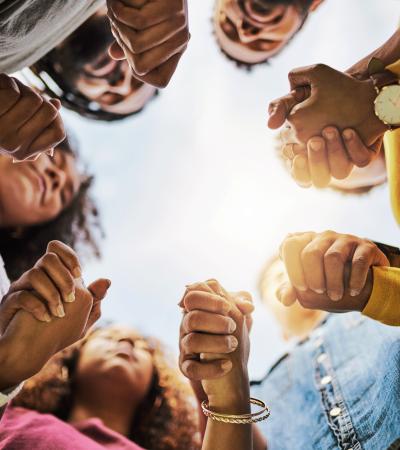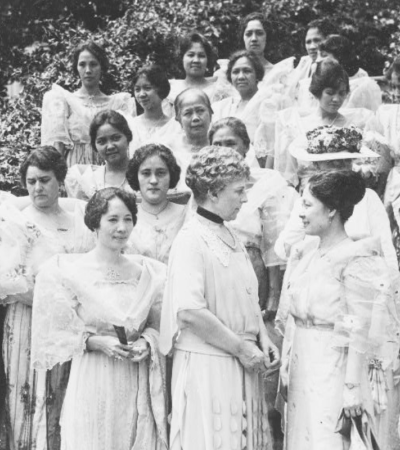“Programming with Library of Congress Digital Collections” is a new LibGuide designed to help libraries explore the thousands of primary sources available from the Library of Congress (LOC) online collection.
The guide focuses on eight LOC collections (Arts, Civics, Folklife, History, Literature, Maps, Military Experience and STEM) with collection highlights and suggested program ideas that are accessible and adaptable for various library types and audiences.
Check out the selection of program ideas from the guide below and start using the LibGuide in your library’s programming and educational opportunities. The full guide is available now on the ALA Library website.
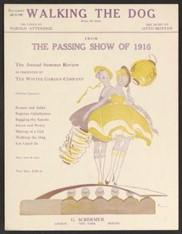
1. Arts – Chronicling America
Find a piece of sheet music from the Library's Sheet Music of the Musical Theater Collection. Then, using Chronicling America, search for the title of the show, revue, or operetta that featured that song.
Can you find an announcement about the performance? A review? What kind of publicity did the performance have? If you found a review, what did the critics think? Based on the song lyrics, what do you think?
Example: Sheet music for "Walking the Dog" from The Passing Show of 1916.
The December 3, 1916 edition of The Washington Herald has a headline that "Woman Dominates Programs at Leading Local Theaters: 'Passing Show of 1916' and 'Cousin Lucy' Force Male Entertainers from Spotlight."
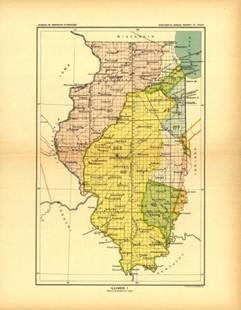
2. Civics – Native Treaties and Land Cessions
Many of the treaties with tribal nations orchestrated in the Early Republic are not merely historical documents but have been upheld by the Supreme Court as still legally binding today. Thus, understanding these treaties and the treatment of sovereign native nations by the new American government is essential in understanding current native relations. This sort of civic education is invaluable in recognizing the government-to-government relationship between the United States and sovereign tribal nations that took place before, during, and after the Revolutionary War and in helping the tribal nations of today hold the federal government accountable.
Using the “Indian land cessions in the United States” participants should find their home state (or any state) and investigate the treaties agreed upon with the native nations of that land – asking the questions of what was the original treaty and how has that the treaty been upheld over time?
Using the Maps:
This collection provides maps of the land cessions made by American Native Nations during the interval between the formal establishment of the United States and 1894.
These maps identify, through assigned Royce Area Numbers, the treaty or other legislative mechanism that created that cession. You should consult the Royce volume to identify the specific legal instrument and the parameters.
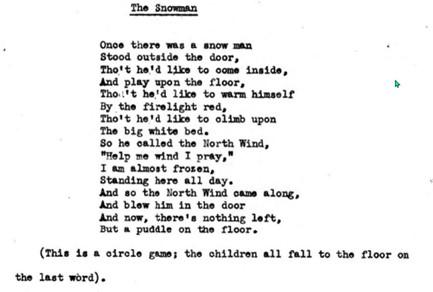
3. Folklife – Songs and Games
Several of the interviews in the American Life Histories collection detail songs and games that were played by children or adults. Several of the people interviewed detail the lyrics or words of the song or game, but very few detail how it was played or the tune of the song.
For this program, have participants search the collection using different keywords related to "songs," "games," "jump rope," etc.
Have participants analyze the items they find and see if the group can come up with a tune for the song lyrics or a game to match.
An example, the song below "The Snowman," is from an interview conducted by Hilda Polacheck in 1939. In addition to the song, a short description of the game is detailed.
Have participants sing "The Snowman" to different rhymes such as "London Bridge," "Ring Around the Rosie," or "Old McDonald." Which song tune fits the lyrics best? Can the participants develop their own tune for the lyrics? Once the tune is developed, try to play the game. As an alternative, have participants try to make up their own rhyming/singing game.
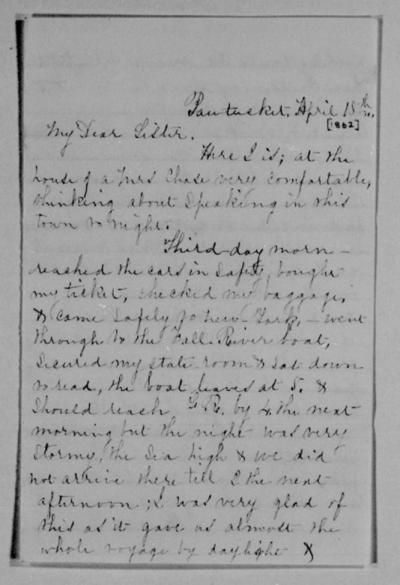
4. History – Personal Correspondence
Some of the most interesting items in the Dickinson Papers are the letters exchanged between Anna and her sister, Susan. In these letters, the two would talk about just about everything, but Anna would often give her sister detailed descriptions of the places she was visiting and the people she met.
The main goal of this activity is to connect our time with Anna in the way we communicate with loved ones who are not with us and how we share our experiences with those who are far away. Anna and her sister shared experiences through letters - is that really so different than how we share experiences today?
In this activity, you can choose one or two letters from the Family Correspondence section of the collection and have participants mine the letter for details about daily life in the town Anna was in. Ask them to think about the words Anna is using and what is important to her in these descriptions. Then, have the participants either draw a picture of what Anna is describing, write their own letter detailing the area they live or work in, or investigate how the words/descriptions Anna uses relate to modern modes of communication.
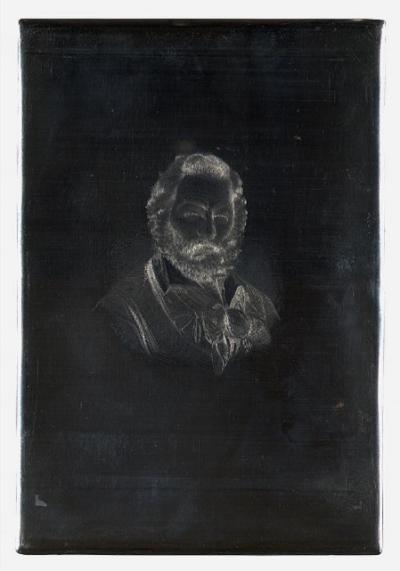
5. Literature – DIY Printing or Create Your Own Title Page
Discuss the history of printing and/or have a hands-on do-it-yourself printing exercise. For the early part of the program use materials from the Rare Books Selections to talk about the early methods of printing such as Illuminated Manuscripts, Wood Block Printing, Engraving Printing, the Gutenberg Press, etc.. Discussion can also cover how the Gutenberg Press and further modern printing techniques made reading materials more accessible and affordable.
For a DIY program, use rubber stamps to mimic the effect of wood blocks of engraving printing. You can then use ink and roller, or other impressionable surface to "roll print" on paper. An alternative would be to combine rubber stamps and stencils to handwrite or illustrate a title page for your book. For example: "Walt's Book" by Walt Whitman and then add a design to it.
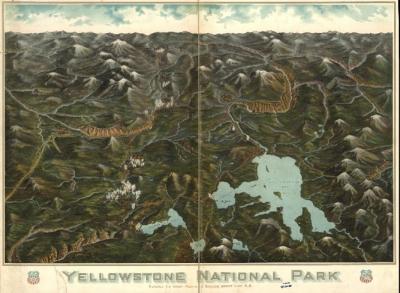
6. Maps – National Parks
Visit a National Park in your area (either in person or virtually – the National Park Foundation created this collection of virtual tours of national parks ).
Create a map of the park. What areas or features do you want to highlight? How will you delineate trees, mountains/hills, and water features? If you want to indicate which animals live in the park, how will you do so?
Or design your own National Park. What kind of features would you want to include in your park? (ex. hiking trails, observatories, playgrounds, monuments). Draw a detailed map of your park.
Partnership Opportunity
See if your library can partner with a National or State Park in your area. Your library could offer park passes and maps, or circulate a hiking pack with trail guides, binoculars, a compass, a first aid kit and a flashlight for patrons to check out. If you can, incorporate a primary source map of your local park.
For Fourth Grade Patrons and Families
Did you know that patrons in 4th grade can get FREE passes for themselves and their families to visit national parks, wildlife refuges, marine sanctuaries, and forests through Every Kid Outdoors (an interagency collaboration between the Department of the Interior, U.S. Army Corps of Engineers, National Oceanic and Atmospheric Administration, and the U.S. Forest Service.) The passes are valid through August 31 of the student's fourth-grade year.
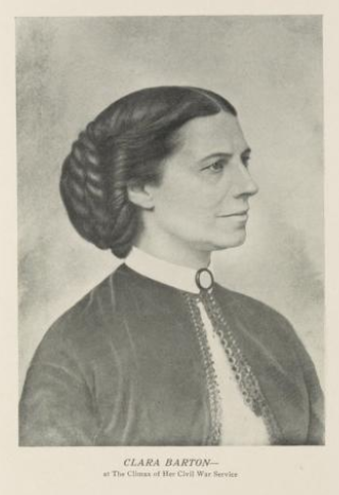
7. Military Experience – Women and the Military
Women were not allowed to openly serve in the military until World War I. They found many ways, however, to support military efforts during conflicts from working as cooks, or seamstresses, collecting donations or volunteering for local charity/relief efforts. Many women served as nurses in various conflicts. Clara Barton had a special nurse pass that allowed her to go on the battlefield to assist wounded soldiers.
For this program select some items in the Clara Barton Collection that focus on women and service. Discuss the various roles that women fulfilled in assisting military efforts and how that assistance has changed over time to modern participation in the military.
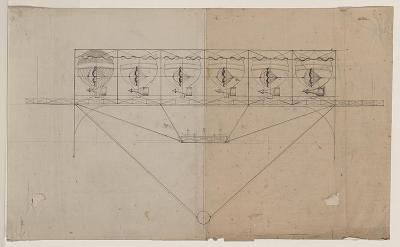
8. STEM – Design and Build!
Design your own flying machine! From the Tissandier collection, select several primary source images of flying machines. Examine the primary source images with patrons. Think about:
· What elements do you want to include in your flying machine?
- What shape would it be?
- How would it fly/what would power it?
- How many operators would it require?
· How many passengers could it hold? What would the passengers need to be comfortable in flight?
What would your flying machine need to fly? What kind of materials would you use?
Reuse "found" materials to build your flying machine based on your design. As you are building, continue to reflect on your design, and make changes to the design, as needed. Take it for a test flight!
As an alternative activity, libraries can host an Egg Drop Challenge through which patrons design a landing craft that will protect a raw egg from cracking when it is dropped from a height. (This is fun and educational for all ages!) For more information about the Egg Drop Challenge and to learn how to host your own program around it, visit Chicago's Museum of Science + Industry.
See more program ideas and share your own.
ALA received funding from the Library of Congress Teaching with Primary Sources (TPS) Program to develop this resource guide. Through TPS, the Library of Congress offers classroom materials and professional development to help teachers and librarians effectively use primary sources from the Library's vast digital collections in their teaching and programming. Since 2006, the Library of Congress has awarded Teaching with Primary Sources grants through its TPS Partner Program, to build a nationwide network of organizations that deliver educational programming and create teaching materials and tools based on the Library’s digitized primary sources and other online resources. Each year, members of this network, called the TPS Consortium, support tens of thousands of learners to build knowledge, engagement, and critical thinking skills with items from the Library’s collections.


